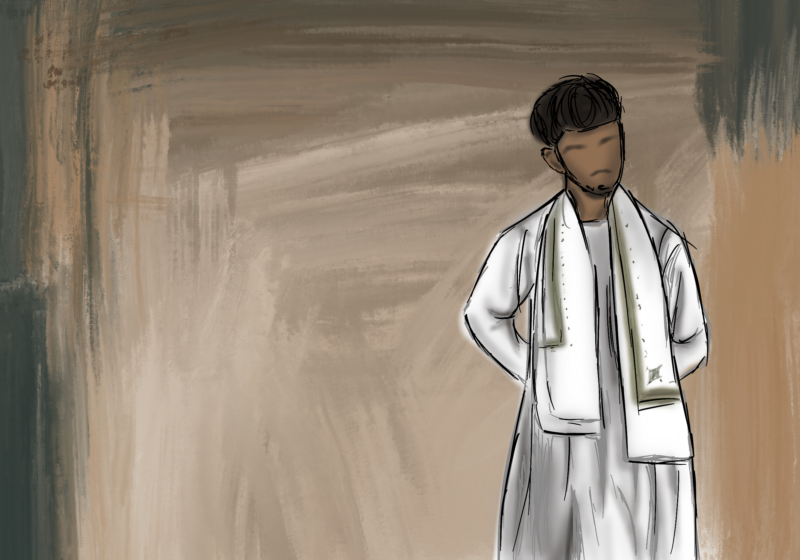“Our Body: The Universe Within” is a fascinating new form of artwork circulating the country. Currently located, among other places, at the Rochester Museum and Science Center, the exhibit features 12 actual human bodies and 75 anatomical displays, all made completely of real human body parts.
Though the first reaction to the thought of this exhibit may be one of disgust, the actual art is anything but gross. The bodies have undergone a special preservation process, called polymer impregnation, which makes the bodies pliable to position as the artist wishes and then harden upon setting. This process leaves no odor and no questionable residue on the surface. However, this process, along with some dye, does allow for the bodies to look extremely true to life.
At the RMSC, in addition to the exhibit, you can view a film about the inner workings of the human body for just a few dollars and view it on the large screen of the planetarium adjacent to the main building. Approximately 50 people are let in to the exhibit about every 15 minutes. A ticket is purchased for a specific time slot, and you are asked to line up outside the door to be let in. A museum employee explains what you are about to see, gives you the guidelines of basic courtesy and lets you in.
The exhibit itself is set up as a progression of body systems. The first two you see are the muscular and skeletal systems. In addition to the bones and muscles inside glass cases with labels assigned to all the major parts, it is here that you encounter your first human. Positioned so that you can see exactly how the muscles expand and contract at a certain stance, the body is held up on a pedestal with metal rods and that’s it. No glass case, no laser beams, nothing. Standing right in front of you is a real human body preserved in such a life-like way that you expect it to start moving.
The exhibit then follows through to the circulatory system, where the blood vessels are colored brightly red, and a full body lets you examine just where your veins and arteries are most concentrated. From there, you head to the nervous system, where there are multiple parts of the brain set out to see. One of the most interesting parts of the exhibit is here, where a head is sliced in sections from front to back and fanned out, so that you can see just where each muscle and nerve is throughout the head.
The next system you encounter is the reproductive system. It was here that I witnessed my favorite part. Set off as its own separate enclosed section, museum visitors were warned that it may upset some and may not be appropriate for all in attendance. Inside this little dark room were actual human fetuses at different stages in the gestation period, up until about four months.
From there you move to the digestive system and the excretory system, where many organs with tumors are put on display. Also featured in this section is a full body in which strips of skin remained alternating with views of the muscles, bones and nerves underneath. The contrast of this body is one of the most artistic things of the exhibit. This body segued into the integument system, which consists of the skin, hair and nails.
The final system of the exhibit was the respiratory system. Not only are there displays of healthy lungs showing how the blood flows in and out, but there are also examples of lungs filled with cancer. The difference is ghastly, changing from a healthy pink color to a gross grayish-yellow. As you enter the exhibit, you can read notes left by visitors, and one of the most profound statements was “I will never smoke again.”
The exhibit was well worth the investment of $20. This alternative art form is something all should experience.
Philbrick is a member of the class of 2009.



